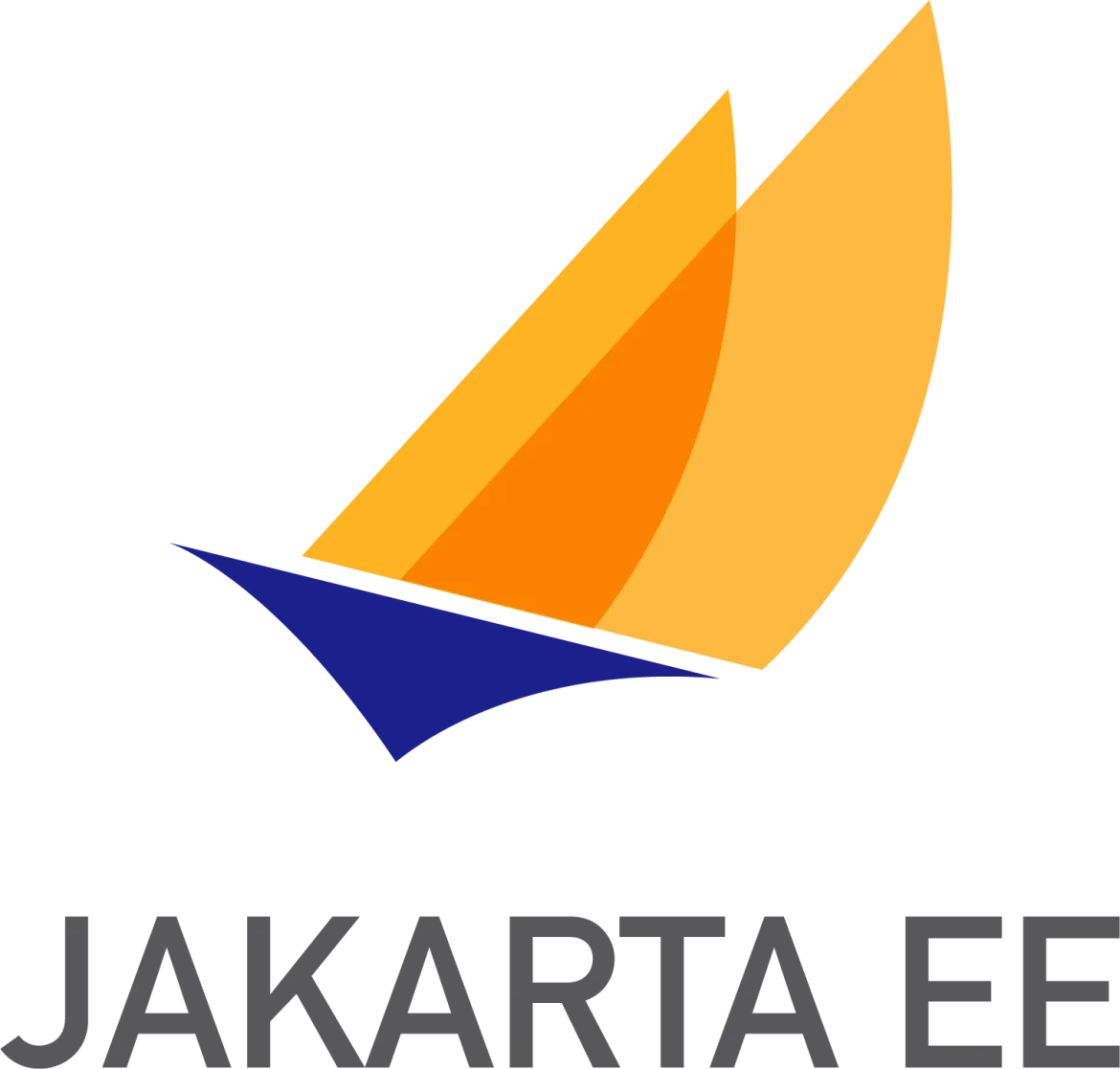Jakarta EE is officially out! OK, given the amount of publicity and evangelising we and others have done around EE4J and Jakarta EE over the past few months, you would be forgiven for thinking it was already the case, but it wasn’t ... until today!
I cannot stress enough how important this is to our industry. The number of Java™ developers globally is estimated at over 14 million. The Java EE market is estimated at a high multi-billion dollar value to the industry. Yes, there are other languages out there and other frameworks but none of them have yet made the impact Java™ and Java EE has over the years. Of course, Java EE was not perfect for a variety of reasons, but if you consider how much of an impact it has had on the industry given known and debated limitations, just imagine how much it can bring in the years ahead if it were improved.
With the release of Jakarta EE, we all have a chance to collaborate and build on the good things it inherits, whilst at the same time working to evolve those pieces which are no longer relevant or perhaps never were quite what was needed. Working within the open processes of the Eclipse Foundation vendors, Java™ communities, individuals etc. are all able to interact as peers with no one vendor holding a higher role than another. We’ve seen this exact same process work extremely well in a relatively short period of time with Eclipse MicroProfile and I believe Jakarta EE can do at least as well.
When talking about Java EE and now Jakarta EE some often focus only on the technologies. Fortunately, those of us who have been in the open source world long enough appreciate that the community is just as important. With Jakarta EE, all of us involved in working towards the release hope that we can use it as a catalyst to bring together often disparate Java™ communities under a single banner. Too often, Java EE has been a divisive topic for some vendors and some communities, resulting in fractures and often working on the same problems but pulling in different directions. If Jakarta EE does only one thing, and that is bringing everyone together to collaborate, then I would still deem it a success!
I’ll finish by discussing why Red Hat® has been helping to lead this effort along with others. I can summarise this pretty easily: enterprise Java™ remains critical to our customers and communities, and we believe that despite the increase of other languages and frameworks, it should remain so for many years to come. Red Hat, and JBoss® before it, has contributed to J2EE™, Java EE, and Eclipse MicroProfile for years, and we believe that sharing our experiences and working on open source implementations is important for the industry as a whole, no matter what language you may be using. We believe it’s important to leverage Jakarta EE in the cloud and to a wider range of communities than in the past. We’re here to stay and will continue to help lead!
Onward!
To learn more, join these upcoming live sessions:
- Jakarta EE: The Future of Jave EE, DevNation Live Tech Talk, Thursday, May 3, at 12pm US/Eastern time. Register now for this online session.
- EE4J, MicroProfile, and the future of enterprise Java, presented by Mark Little and Dimitris Andreadis, May 9 at Red Hat Summit in San Francisco at the Moscone Center.
关于作者
产品
工具
试用购买与出售
沟通
关于红帽
我们是世界领先的企业开源解决方案供应商,提供包括 Linux、云、容器和 Kubernetes。我们致力于提供经过安全强化的解决方案,从核心数据中心到网络边缘,让企业能够更轻松地跨平台和环境运营。


